Technological Innovations
Technological advancements in the production and processing of microbial cellulose are significantly influencing the Microbial Cellulose Market. Innovations such as fermentation technology and genetic engineering have improved the efficiency of cellulose production, leading to higher yields and lower costs. For instance, recent developments in bioprocessing techniques have enabled the production of microbial cellulose at a scale that meets industrial demands. The market is expected to witness a compound annual growth rate of approximately 12% from 2025 to 2030, driven by these technological improvements. Additionally, the integration of automation and artificial intelligence in production processes is likely to enhance quality control and reduce waste, further solidifying the position of microbial cellulose as a preferred material in various applications. As technology continues to evolve, it may unlock new possibilities for microbial cellulose, expanding its market reach.
Sustainability Initiatives
The increasing emphasis on sustainability appears to be a pivotal driver for the Microbial Cellulose Market. As industries strive to reduce their environmental footprint, microbial cellulose, being biodegradable and derived from renewable resources, presents a viable alternative to synthetic materials. This shift is evidenced by the growing demand for eco-friendly packaging solutions, which is projected to reach USD 400 billion by 2025. Companies are increasingly adopting microbial cellulose in various applications, including food packaging and textiles, to align with consumer preferences for sustainable products. Furthermore, regulatory frameworks promoting sustainable practices are likely to bolster the market, as businesses seek to comply with stringent environmental standards. Thus, the sustainability initiatives not only enhance the appeal of microbial cellulose but also drive its adoption across multiple sectors.
Diverse Application Spectrum
The versatility of microbial cellulose is a crucial driver for the Microbial Cellulose Market. Its unique properties, such as high tensile strength, water retention, and biocompatibility, allow for a wide range of applications across various sectors. In the food industry, microbial cellulose is utilized as a thickening agent and stabilizer, while in the medical field, it serves as a scaffold for tissue engineering and wound healing. The market for microbial cellulose in the food sector alone is projected to grow significantly, with estimates suggesting a value of USD 150 million by 2026. Furthermore, the textile industry is increasingly adopting microbial cellulose for sustainable fabric production, indicating a shift towards eco-friendly alternatives. This diverse application spectrum not only enhances the market's growth potential but also attracts investments from various industries seeking innovative solutions.
Regulatory Support and Standards
Regulatory frameworks and standards promoting the use of biodegradable materials are emerging as a significant driver for the Microbial Cellulose Market. Governments and international organizations are increasingly implementing policies aimed at reducing plastic waste and encouraging the use of sustainable materials. For instance, regulations mandating the reduction of single-use plastics are likely to create a favorable environment for microbial cellulose, which offers a sustainable alternative. The market is expected to benefit from these regulatory initiatives, as businesses seek to comply with new standards and avoid penalties. Furthermore, certifications for biodegradable products may enhance consumer trust and drive sales, as consumers become more discerning about the materials used in the products they purchase. Thus, regulatory support not only fosters market growth but also encourages innovation in the development of new applications for microbial cellulose.
Consumer Demand for Natural Products
The rising consumer preference for natural and organic products is driving the Microbial Cellulose Market. As consumers become more health-conscious and environmentally aware, there is a marked shift towards products that are perceived as safe and sustainable. Microbial cellulose, being a natural polymer, aligns well with these consumer trends, making it an attractive option for manufacturers. The market for natural personal care products, which often incorporate microbial cellulose, is expected to reach USD 25 billion by 2027, reflecting this growing demand. Additionally, the increasing awareness of the harmful effects of synthetic additives in food and cosmetics is likely to propel the adoption of microbial cellulose in these sectors. This consumer-driven shift towards natural products not only supports the growth of the microbial cellulose market but also encourages innovation in product formulations.


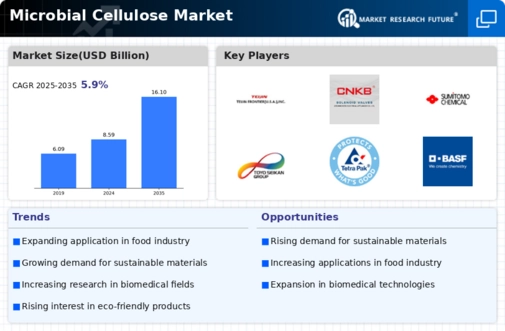
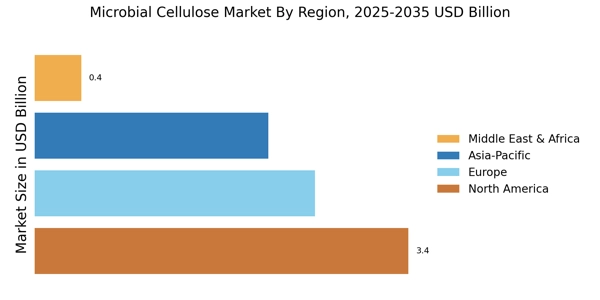


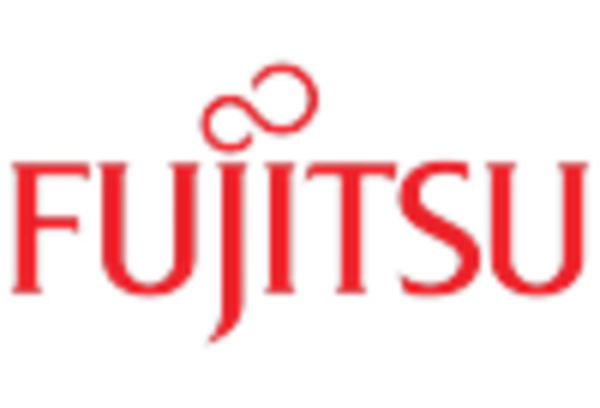
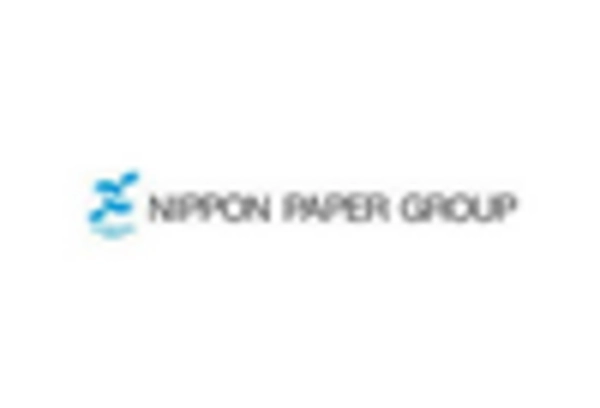
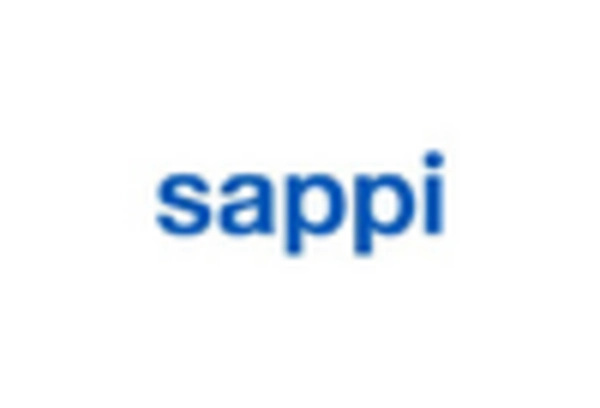









Leave a Comment